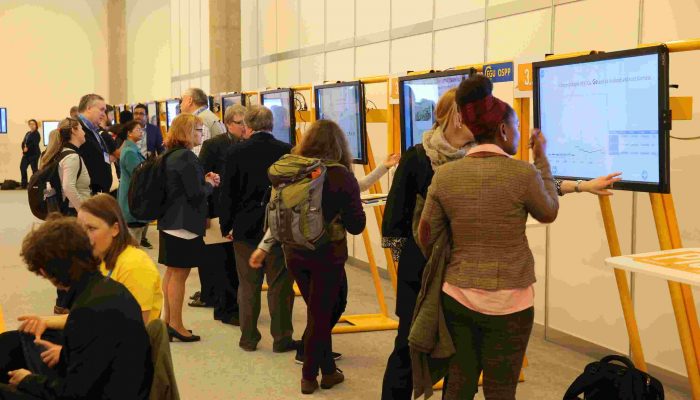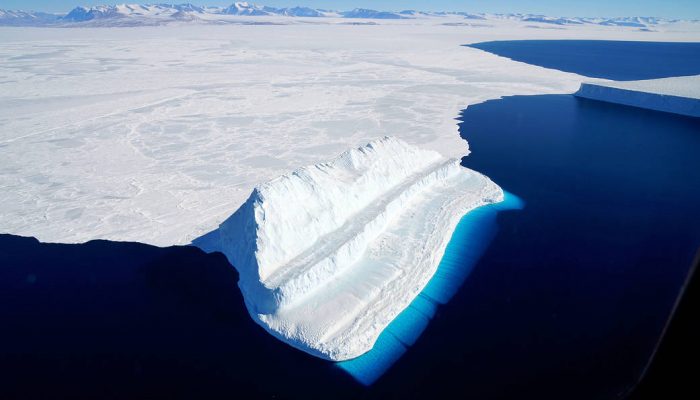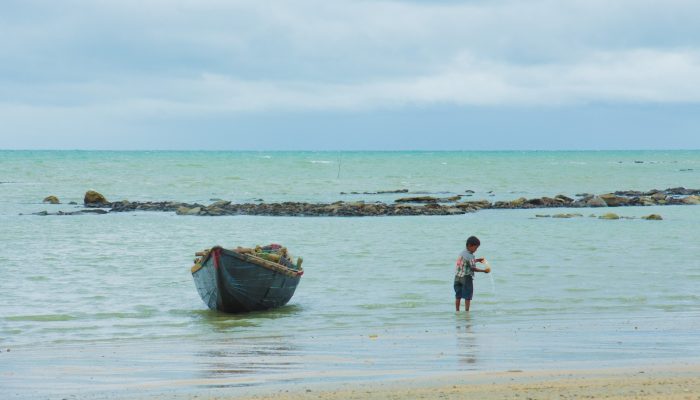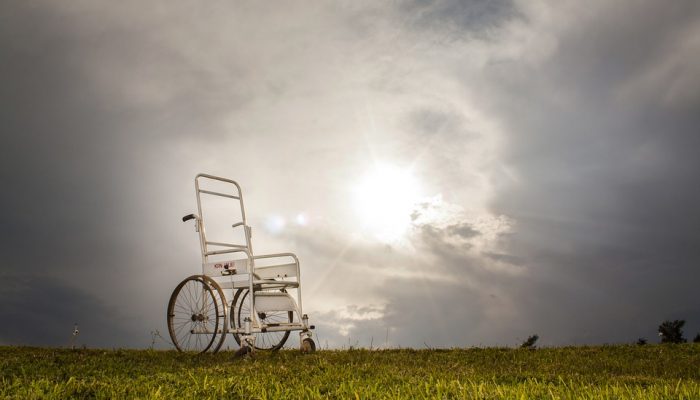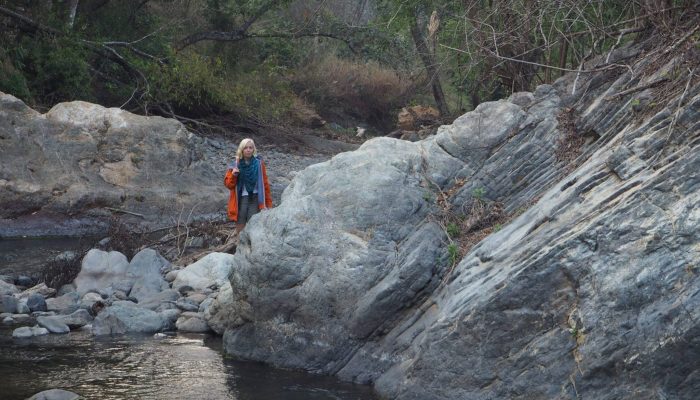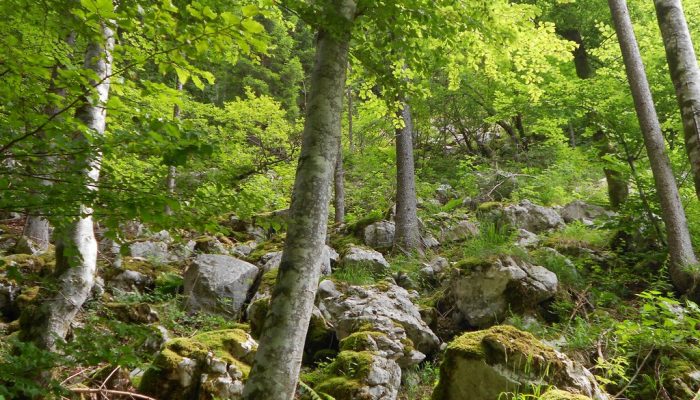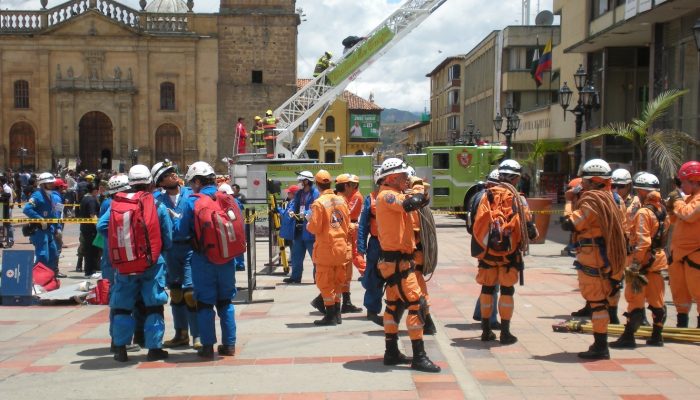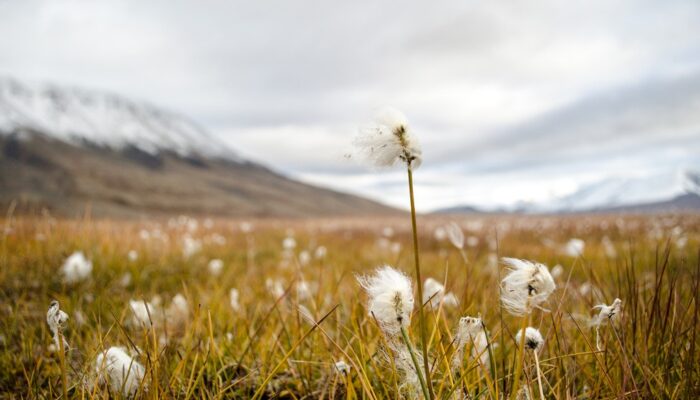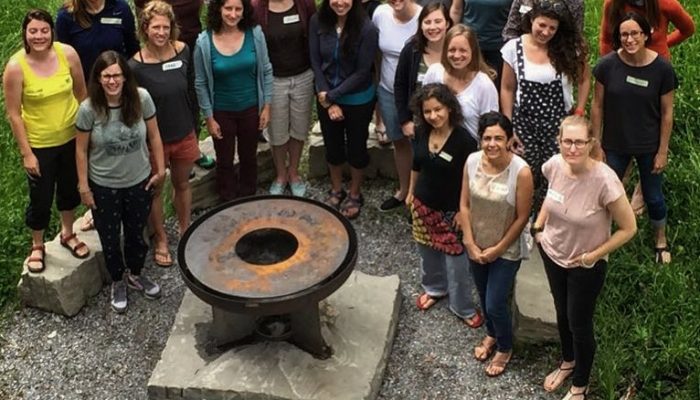Do you enjoy the EGU’s annual General Assembly but wish you could play a more active role in shaping the scientific programme? Now is your chance! From today, until 6 Sep 2018, you can suggest: Sessions (with conveners and description), Short Courses, or; Modifications to the existing skeleton programme sessions Plus from now until 18 January 2019, you can propose townhall meetings. It’s imp ...[Read More]
GeoLog
June GeoRoundUp: the best of the Earth sciences from around the web
Drawing inspiration from popular stories on our social media channels, as well as unique and quirky research news, this monthly column aims to bring you the best of the Earth and planetary sciences from around the web. Major story While May’s headlines may have been dominated by the Kilauea Volcano’s recent eruption in Hawaii, the science news world directed its attention to another volcanic ev ...[Read More]
Geology for Global Development
What is happening after the Fuego eruption in Guatemala? Is climate migration a bad thing? This and more in Jesse Zondervan’s June 2018 #GfGDpicks #SciComm
Each month, Jesse Zondervan picks his favourite posts from geoscience and development blogs/news which cover the geology for global development interest. Here’s a round-up of Jesse’s selections for the last month: Everything about the Fuego eruption At the start of this month, Guatemala’s Fuego volcano erupted explosively, costing many lives and destroying properties and infrastructure. Professor ...[Read More]
Stratigraphy, Sedimentology and Palaeontology
Tiny but powerful
Oceans are “populated” by millions of specimens of microscopic organisms which constitute the phytoplanktonic communities (e.g. diatoms, dinoflagellates, cyanobacteria and coccolithophorids). These tiny organisms are important indicators of the “health” of present oceans and their remains constitute important tracers of past paleoenvironmental conditions. The ocean is in fact the oldest and larges ...[Read More]
Geodynamics
Let’s talk about disability in geosciences
Climbing towards outcrops during fieldwork for your undergraduate studies simply isn’t doable for everyone. However, this doesn’t mean that there are adequate alternative solutions available. This week, Katy Willis, PhD student on strain-localisation in the continental lithosphere at the University of Leeds, UK, discusses disability in the geosciences, because regardless of who you are ...[Read More]
Tectonics and Structural Geology
Minds over Methods: Linking microfossils to tectonics
This edition of Minds over Methods article is written by Sarah Kachovich and discusses how tiny fossils can be used to address large scale tectonic questions. During her PhD at the University of Brisbane, Australia, she used radiolarian biostratigraphy to provide temporal constraints on the tectonic evolution of the Himalayan region – onshore and offshore on board IODP Expedition 362. Sarah ...[Read More]
GeoLog
GeoPolicy: How science supported the EU’s new land use and forestry regulation
What is the land use and forestry regulation? In October 2014, the EU agreed that all sectors, including land and forestry, should contribute to the EU’s 2030 climate & energy framework target to reduce greenhouse gas emissions by at least 40% by 2030 compared to 1990 levels. Almost 4 years later, in May 2018, the EU Commission’s proposal for the 2021-2030 land use and forestry regulatio ...[Read More]
Natural Hazards
The emergency of disaster emergency planning
Today I have the honour to introduce Prof. David Alexander as our guest. David is Professor of Risk and Disaster Reduction at University College London (UK). His expertise comprises holistic aspects of disaster risk reduction and practical matters in emergency planning and management. He has also worked as Scientific Director of the Advanced School of Civil Protection of the regional governmen ...[Read More]
GeoLog
Imaggeo on Mondays: Arctic cottongrass in Svalbard
In the High Arctic, where vegetation is limited in height, cottongrass stands out as some of the tallest plant species around. This photo shows a wispy white patch of Arctic cottongrass growing amongst other tundra vegetation in the Advent river floodplain of Adventdalen, a valley on the Norwegian archipelago island Svalbard. Svalbard is of particular scientific interest as it is a relatively warm ...[Read More]
Cryospheric Sciences
Image of the Week – Inspiring Girls!
What, you may ask, are this group of 22 women doing standing around a fire-pit and what does this have to do with the EGU Cryosphere blog? This group of scientists, artists, teachers, and coaches gathered 2 weeks ago in Switzerland to learn how to become instructors on an Inspiring Girls Expedition. But what, you may ask again, is an Inspiring Girls Expedition? Well read on to find out more… ...[Read More]

